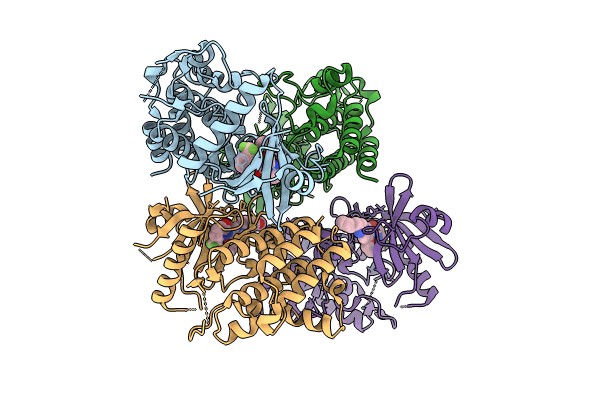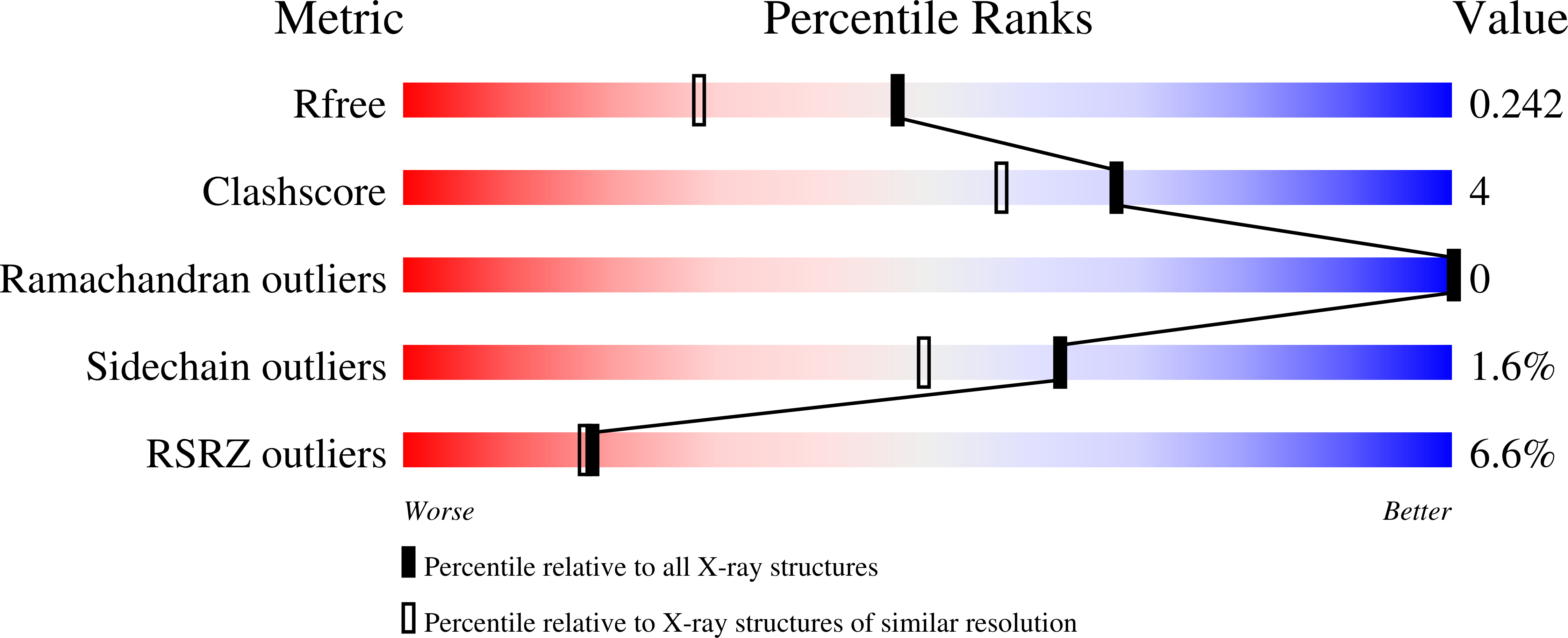
Deposition Date
2023-09-26
Release Date
2024-06-26
Last Version Date
2024-10-30
Method Details:
Experimental Method:
Resolution:
1.85 Å
R-Value Free:
0.24
R-Value Work:
0.20
R-Value Observed:
0.20
Space Group:
C 1 2 1


